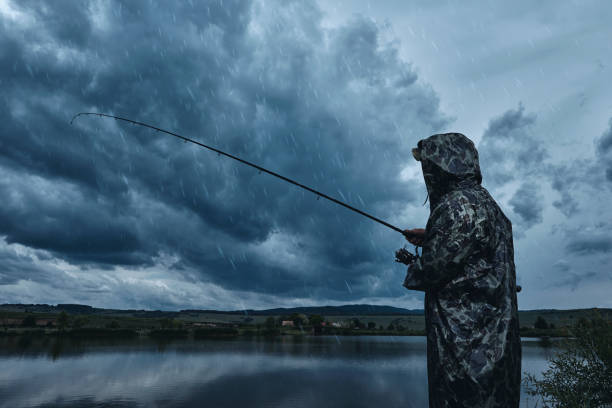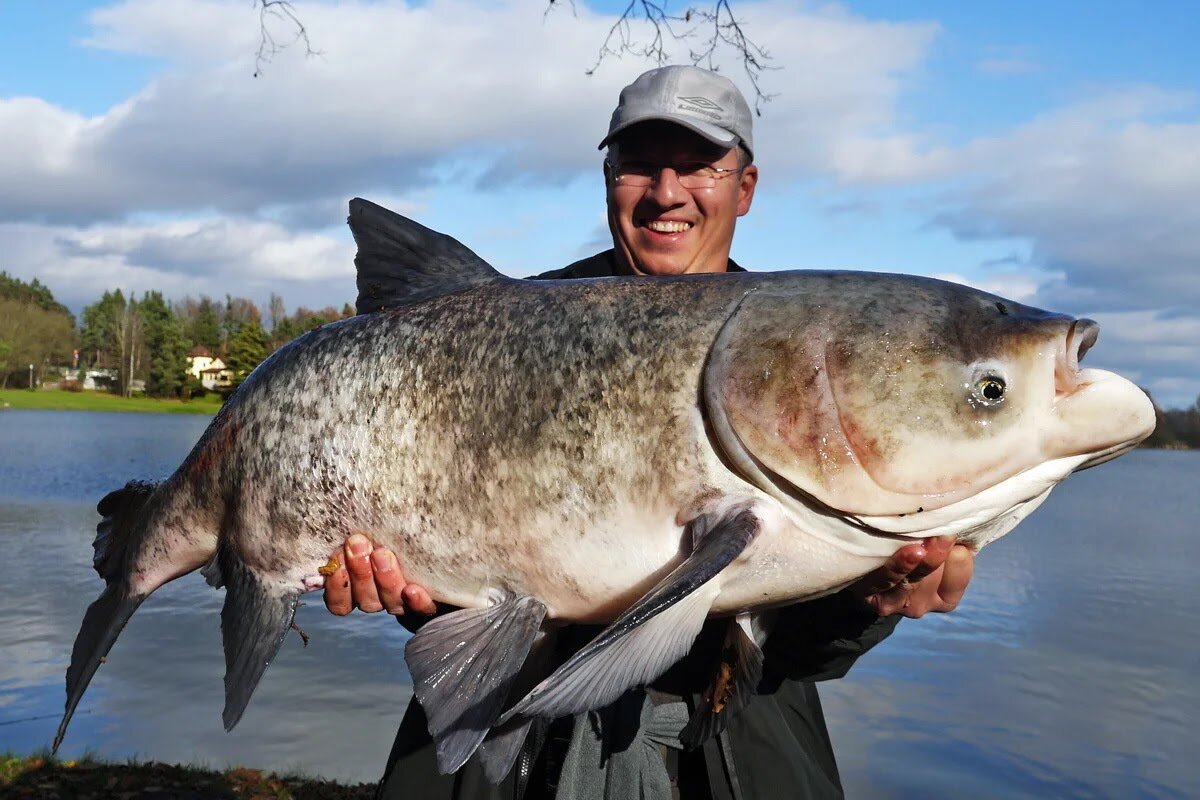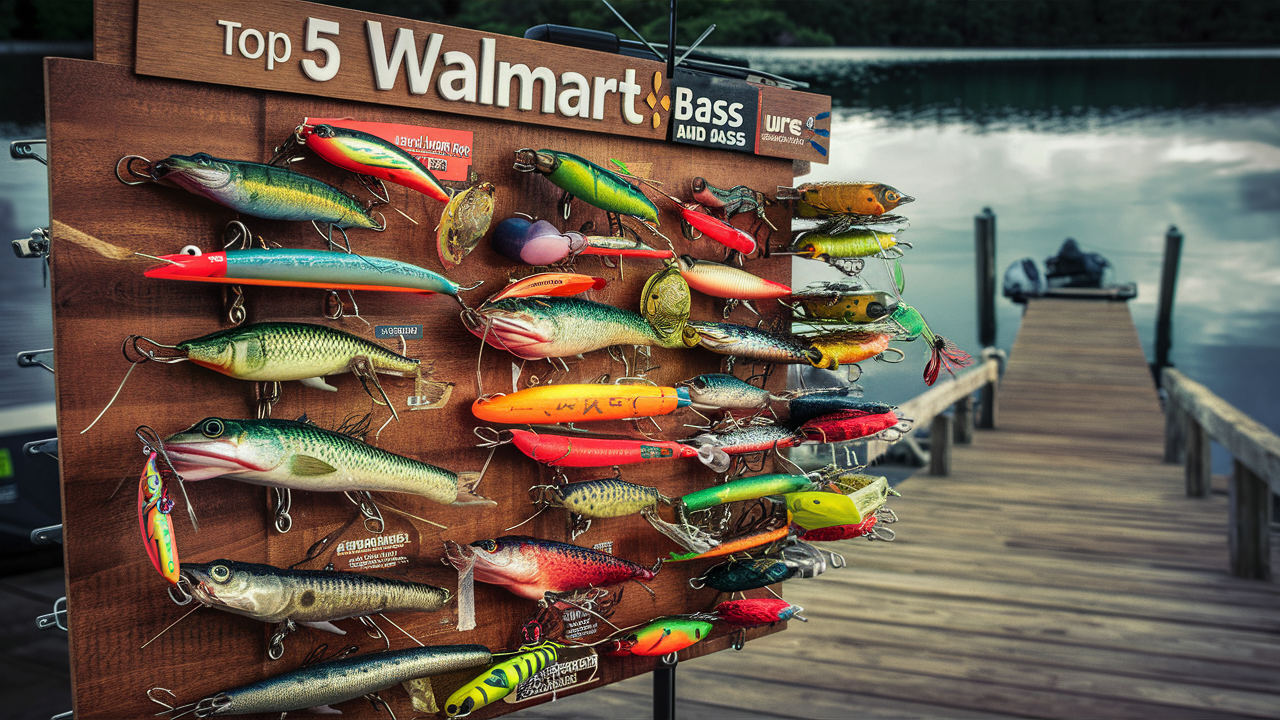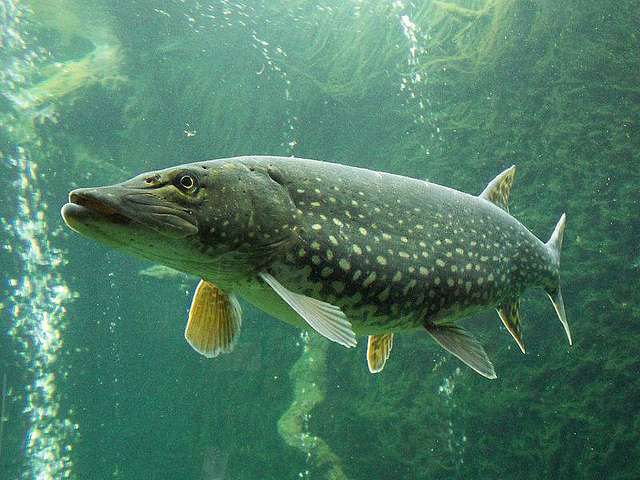
Pike fishing in snags

9 min read
You know that feeling when you’re scanning the water and spot the perfect pike hideout—a gnarly tangle of fallen trees, submerged logs, and twisted branches that screams “big fish live here”? Most anglers take one look at those snags and keep on moving. That’s their loss and your opportunity.
Pike are ambush predators, and they didn’t get to be apex freshwater hunters by hanging out in open water playing nice with everyone else. They want cover, structure, and the element of surprise. That messy pile of timber everyone else avoids? That’s pike real estate at its finest.
Why Pike Love Their Woody Hideouts
Think about it from a pike’s perspective. You’re a predator that relies on explosive bursts of speed to nail unsuspecting prey. You need somewhere to hide, somewhere that provides shade and breaks up your outline so smaller fish don’t see you coming.
Snags offer everything a pike wants: cover from above, ambush points, and a steady stream of confused baitfish trying to navigate through the maze. It’s like setting up shop at the busiest intersection in town—sooner or later, something tasty is going to wander by.
The bigger the snag, the bigger the pike it can hold. I’ve pulled monsters out of timber piles that looked absolutely unfishable. These aren’t your typical 20-inch hammer handles either—we’re talking about the kind of pike that make you question whether your drag is set properly.
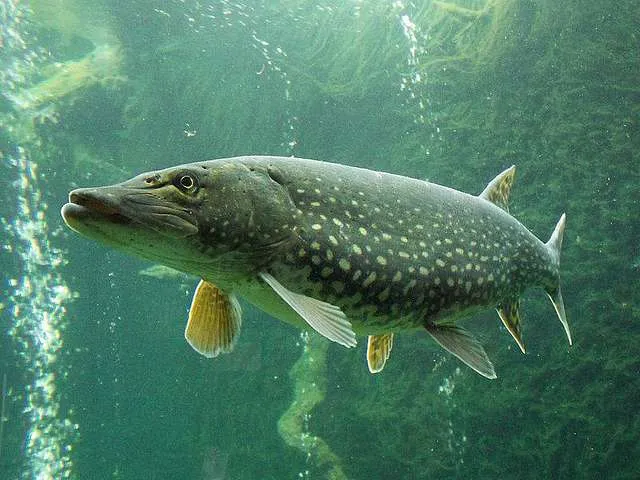
Reading Snag Structure Like a Map
Not all snags are created equal. You’ve got to learn to read the structure and figure out where pike are most likely to set up shop. It’s part science, part art, and part educated guessing based on years of getting your lures stuck in the wrong places.
Look for snags with multiple levels—fallen trees that create layers of cover from the surface down to the bottom. Pike like options. They might cruise shallow early in the morning, then drop deeper when boat traffic picks up or the sun gets high.
Pay attention to current flow around the structure. Pike position themselves where they can conserve energy while staying in the feeding lane. That usually means the downstream side of logs or in eddies where the current slows down and pushes baitfish into easy striking range.
The best snags have what I call “highways”—clear lanes where pike can shoot out to grab prey then retreat back into cover. If the whole thing is a solid wall of timber, it might look good but could be too dense for effective hunting.
Tackle Selection: Going Heavy Without Going Broke
Here’s where things get expensive if you’re not careful. Fishing snags means losing tackle—it’s just part of the deal. But that doesn’t mean you should fish with junk or tie on your cheapest stuff and hope for the best.
You need heavy tackle that can pull pike out of cover, but you also need to be smart about what you’re willing to sacrifice to the snag gods. I run 65-pound braid on a heavy baitcaster with a steel leader—no exceptions. Pike have teeth, and snags have sharp edges. Light line is just asking for trouble.
For rods, go with something that has backbone but isn’t so stiff it’ll break when you’re horsing a fish through timber. A 7-foot heavy action casting rod gives you the leverage you need without being so long it becomes unwieldy in tight spots.
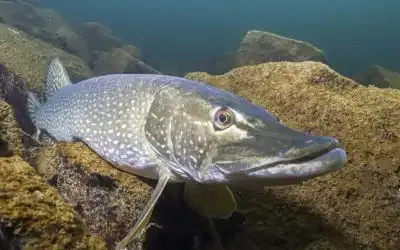
Lure Selection: What Works When Everything Else Gets Stuck
Choosing lures for snag fishing is about finding that sweet spot between effectiveness and replaceability. You want something that catches fish but won’t bankrupt you when it inevitably gets hung up.
Spinnerbaits are my go-to choice for working through timber. The wire arm acts like a mini weed guard, deflecting off branches and logs. A ½-ounce white and chartreuse spinnerbait will cover most situations, and they’re cheap enough that losing one doesn’t ruin your day.
Soft plastics on jig heads work great too, especially when you want to slow down and really work a piece of structure. A 4-inch paddle tail swimbait on a ¼-ounce jig head gives you the action pike love with enough weight to get down into the strike zone.
Topwater is magical when conditions are right. Nothing beats watching a big pike explode on a buzzbait as it skitters across a log. Just be ready—topwater strikes in heavy cover happen fast, and you need to set the hook hard and start pulling immediately.
Working the Angles: Presentation Techniques That Actually Work
The key to fishing snags successfully isn’t about power—it’s about precision and angles. You can’t just chuck a lure into the middle of a timber pile and expect good things to happen. Well, sometimes you can, but it’s not a sustainable strategy.
Work the edges first. Cast parallel to logs and let your lure run along the structure. Pike often position themselves just outside the heaviest cover where they can dart in and out easily. These fish are easier to land than the ones buried deep in the timber.
When you do penetrate the structure, use the wind and current to your advantage. Position your boat so you can cast with the wind and let natural drift help work your lure through the maze. Fighting against current and wind while trying to navigate timber is a recipe for frustration.
Vary your retrieve speed constantly. Pike in cover are opportunistic—they might ignore a steady retrieve but hammer the same lure when you pause it next to a log or speed it up suddenly as it clears an opening.
The Art of Getting Unstuck
Let me be clear about something: you’re going to get stuck. A lot. The difference between successful snag fishermen and everyone else is knowing how to get unstuck without losing your lure every time.
First rule: don’t panic and start yanking. That’s how you turn a simple snag into a permanent donation to the fish habitat improvement fund. Instead, try changing the angle of your pull. Move your boat or walk along the shore to pull from different directions.
Sometimes you can work your lure free by giving it slack line and letting it fall to a different position, then pulling gently from various angles. I’ve rescued lures that seemed hopelessly stuck by being patient and creative with my approach.
Keep a lure knocker or retriever in your tackle box. These simple tools can save you money and keep productive lures in action. They’re especially useful for getting back expensive crankbaits that find their way into the perfect snag.
Timing and Conditions: When Snag Fishing Really Shines
Pike fishing in snags isn’t always a numbers game—sometimes it’s about being there when conditions are perfect for that one memorable fish. Early morning is prime time, especially during late spring and early fall when pike are most active in shallow cover.
Overcast days are your friend. Pike feel more comfortable moving around in low light, and they’re more likely to venture out of the heaviest cover to chase bait. Bright, sunny days push them deeper into the timber where they’re harder to reach and harder to land.
Wind can work for or against you. A light chop breaks up your silhouette and makes fish less spooky, but too much wind makes precise casting nearly impossible. You need to be able to place your lures exactly where you want them.
Playing and Landing Pike in Heavy Cover
Hooking a pike in snags is just the beginning of the battle. Now you’ve got to get it out without letting it wrap your line around every stick in the lake. This is where that heavy tackle really earns its keep.
Set the hook hard and immediately start pulling the fish away from structure. Don’t give pike time to think about where they are—you want them focused on the fight, not on diving back into the timber. Keep constant pressure and try to lead them toward open water.
If a pike does get wrapped up, don’t panic. Sometimes you can work them free by following your line hand over hand and unwrapping it from branches. It’s not always possible, but I’ve saved fish this way that seemed hopelessly tangled.
Safety First: Navigating Snags Without Wrecking Your Boat
Fishing snags means getting close to underwater obstacles that can damage your boat or prop. Always approach structure slowly and be aware of how shallow you’re running. A depth finder is essential—not just for finding fish, but for avoiding expensive repairs.
Keep your boat positioned so you have an escape route. Don’t wedge yourself into tight spots where you can’t maneuver if conditions change or you hook into something that starts pulling back harder than expected.
Consider using a trolling motor for precise positioning near structure. Gas motors are powerful, but they’re not subtle. A trolling motor lets you ease into position and make small adjustments without spooking fish or risking prop damage.
The Reward: Why It’s Worth the Hassle
All this talk about lost lures and technical challenges might make snag fishing sound like more trouble than it’s worth. Trust me, it’s not. The pike that live in heavy cover are often the biggest, healthiest fish in the system. They’re the ones that have figured out how to avoid most anglers and live long enough to reach trophy size.
There’s also something deeply satisfying about successfully fishing water that intimidates other anglers. When you can consistently pull pike out of structure that looks unfishable, you’ve developed a skill that will serve you well on any water.
The memories stick with you too. I still remember specific fish from specific snags going back years. There’s something about the challenge and the setting that makes each catch feel more significant than fish caught in open water.
Making It All Come Together
Snag fishing for pike isn’t about having the fanciest gear or knowing secret techniques. It’s about understanding pike behavior, reading structure, and being willing to lose some tackle in pursuit of better fishing. Most importantly, it’s about fishing water that holds fish instead of just fishing water that’s easy to fish.
Start with smaller, less intimidating structure and work your way up to the gnarly stuff as your confidence builds. Every snag teaches you something about how pike use cover and how to present lures effectively in tight quarters.
The pike are in there waiting. The question is whether you’re willing to go get them.
